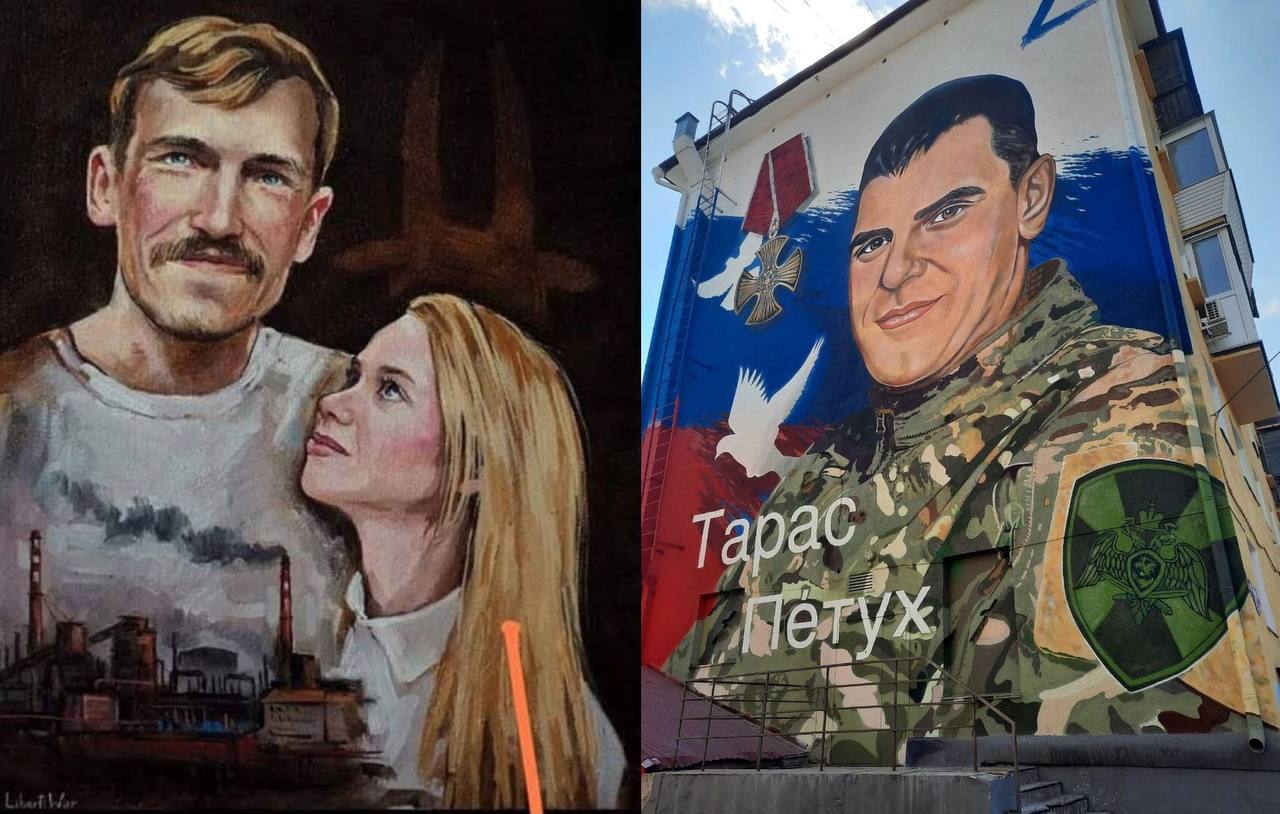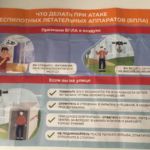Two worlds, two civilizations, one war

When watching a video with hundreds and thousands of mobilized people, who thoughtlessly go where they are being led, involuntary associations arise with watching old footage of the chronicles of the Second World War, where the Nazis are leading large columns of Soviet prisoners. They can not go: they are not exhausted yet, since they were recently taken prisoners, and there are hundreds of times more of them than the escorts, and the escorts will definitely not cope with all of them. Even if some part would die, the majority would defeat the escorts pretty quickly. But they don’t even think about it. They’re just fatefully walking. Someone hopes to get lost on the road and run away, but there are only a few of them. Most of them walk where they are led. All this Orwellianism evokes a sense of hopelessness. The meat understands that it is meat, and understands that it is being led to the slaughter, but it continues going. Because everyone goes.
When exchanged prisoners are returned from the war, in Ukraine they are greeted as heroes. There it becomes a common holiday, in which even just random passers-by who did not know about this event wish to participate. But they approach the place of arrival of the liberated to rejoice together with everyone. It often happens that after captivity, fighters are surprised how many strangers know them by name and worry about them.
When exchanged prisoners are returned to the Russian Federation from the war, even the closest relatives do not always come to the place of their meeting. Of the omnipresent – only propagandists who come only to film another video.
When hearses with dead fighters are brought home in Ukraine, in all the cities and villages of their route, people kneel before these convoys, thanking the dead fighters for giving their lives in the name of the freedom of their country.
There, in Ukraine, they try not to call the dead defenders the dry wording “cargo 200”, but they say that the fighters return home “on the shield.”
When the bodies of the dead people are brought home to the Russian Federation, in most cases only relatives meet them. Those who have no relatives have only gravediggers present at their funeral. Sometimes, with rare exceptions, the authorities arrange a funeral ceremony with full military honors – it’s necessary to show the population a “good” attitude and “care” for their heroes according to the zombie box.
When in Ukraine they paint murals and paintings, write books, make films, compose songs in honor of their dead people or those who distinguished themselves in battle, they try to show them as ordinary people who have become the support of their country when difficult times have come.
When in the Russian Federation they paint murals and paintings, write books, make films, compose songs in honor of their dead people or those who distinguished themselves in battle, there can be no other image of a “defender” in these works, except for a military killing machine, which he has become from birth.


Leave a Reply